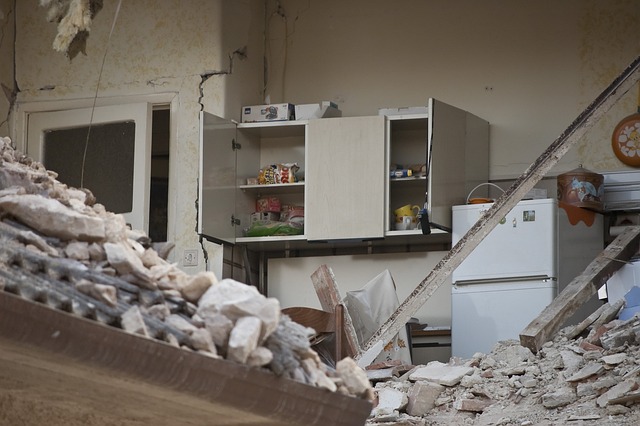Los Angeles’ Earthquake Safety Measures and Road Space Constraints
Los Angeles, known for its sprawling urban landscape and iconic Hollywood sign, is also infamous for its precarious position on the Pacific Ring of Fire. With the city straddling two major tectonic plates, it’s no surprise that earthquakes are a perennial concern. Over the years, this has led city planners and engineers to reevaluate and implement new safety measures, a vital step in preparing for the inevitable “Big One.” But, as with any urban innovation, there are trade-offs. One noticeable effect of these enhanced safety precautions is the increasing constraints on the already limited road space in LA.
Why the Renewed Focus on Earthquake Safety?
The Northridge earthquake of 1994 served as a brutal wake-up call for Los Angeles. With dozens dead and billions in damages, the vulnerabilities in the city’s infrastructure became evident. This catastrophe acted as a catalyst, sparking a renewed commitment to earthquake preparedness and infrastructure resilience. In the subsequent years, Los Angeles invested heavily in state-of-the-art seismic technology, retrofitting programs, and urban planning geared towards minimizing potential quake damages.
Seismic Retrofitting and its Implications
A significant portion of the post-Northridge initiatives focused on “seismic retrofitting” – a process by which existing structures are upgraded to withstand the tremors of an earthquake. Buildings, bridges, and overpasses, some of which had been standing since the early 20th century, were particularly scrutinized.
Bridges and overpasses play a pivotal role in this narrative because they form a vital part of LA’s intricate roadway system. To ensure their stability during seismic events, many have been reinforced with steel braces, base isolators, and other shock-absorbing materials. These retrofitting projects often entail widening the base of these structures, a modification that, in turn, consumes more ground space. The result? Narrowed roads, reduced lanes, and in some cases, complete road closures during the retrofitting phase.
Pedestrian Safety Zones and Road Space
Another safety initiative that has indirectly impacted road space is the introduction of “pedestrian safety zones.” After recognizing that earthquakes pose significant threats to pedestrians from falling debris or collapsing structures, the city introduced these safety zones, especially in densely populated areas. These zones, which sometimes extend onto roads, are designated areas where pedestrians can find refuge during a quake. While these zones undoubtedly enhance pedestrian safety, they further squeeze LA’s already congested roadways.
Underground Infrastructure and Utility Upgrades
Los Angeles’s subterranean landscape is riddled with utility lines, sewer systems, and subway tunnels. Upgrading this underground infrastructure to be earthquake-resistant often requires digging up roads, leading to detours, lane reductions, and prolonged traffic delays. For instance, replacing old gas lines with flexible pipes that can withstand ground shaking necessitates extensive roadwork. Although these upgrades are crucial for the city’s overall safety and functionality, they present short-term challenges for daily commuters and local businesses.
The Broader Impacts on Traffic and Mobility
It’s no secret that Los Angeles struggles with traffic congestion. The city’s roadways, often depicted in pop culture as endless ribbons of red brake lights, are some of the busiest in the nation. The safety measures, while indispensable, have added another layer of complexity to this already vexing issue.
Reduced road space means slower traffic, longer commute times, and heightened frustration for motorists. For businesses, especially those that rely on timely deliveries, this can translate to economic losses. Moreover, emergency response times might be affected, ironically creating potential safety concerns in the quest for greater seismic safety.
However, it’s also worth noting that these challenges have inadvertently sparked positive changes. The aggravation of road congestion has encouraged many Angelenos to consider alternative modes of transportation. The city has witnessed a surge in public transit ridership, cycling, and even walking, which are more sustainable modes of transport. Furthermore, the emphasis on safety has cultivated a more community-centric approach to urban planning, fostering neighborhood solidarity.
Los Angeles’s journey towards earthquake resilience is a testament to the city’s adaptability and forward-thinking approach. While the road to enhanced safety might be bumpy (literally and metaphorically), the long-term benefits far outweigh the temporary inconveniences. Balancing the urgency of seismic safety with the practicalities of urban mobility is undoubtedly challenging, but if any city can navigate these complexities with grace and innovation, it’s LA.

